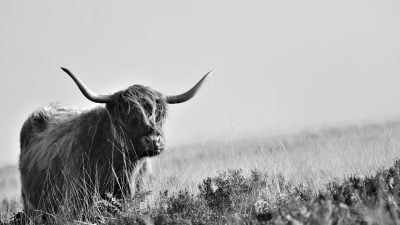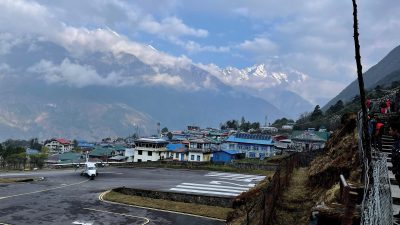Home / Africa & Middle East / Explore a Wild World on a Trip…

Explore a Wild World on a Trip to Madagascar
There are few countries like Madagascar. You’ll find it about 1,200km off the east coast of Africa and likely know a few things about it, specifically that it’s home to the white-and-black lemurs that delight children and adults alike. You may even recognize the towering baobab trees of the Avenue of the Baobabs in western Madagascar, although it’s unlikely you’ll know their exact location. But beyond these iconic elements, the country of Madagascar is something of an unknown to most people. That should change, as there are few things more accommodating to adventurers than a trip to Madagascar.
Madagascar is not your typical travel destination, but it has so much of what people love to see when they travel – gorgeous coastlines, incredible and unique wildlife, friendly people, and a diverse landscape. Oh, and did we mention the incredible lack of crowds? If you’re sick of jostling alongside hundreds of fellow travellers when trying to see some natural landmark that’s lauded as a beacon of tranquility, you’ll find actual peace and quiet in Madagascar. Many of the national parks on the island see fewer than 100 visitors a year, meaning you’ll truly be the only person around to witness the majesty of its natural treasures.
If you want to get away from mass tourism and feel like an adventurer exploring a new frontier, you best be thinking about a trip to Madagascar in your near future.
Not Your Typical African Getaway
Although it’s a part of the continent of Africa, Madagascar is not exactly African. Its people are known as the Malagasy, which is also the name of their language, and many trace their heritage back to Malaysia, Indonesia, and even India. The island was likely uninhabited until around 1,500 years ago when travellers from Southeast Asia discovered it. Arab travellers followed in the 9th century and Bantu-speaking tribes from East Africa arrived shortly thereafter. Today, Madagascar offers a very unique culture that’s more diverse than many you’ll find in Africa.
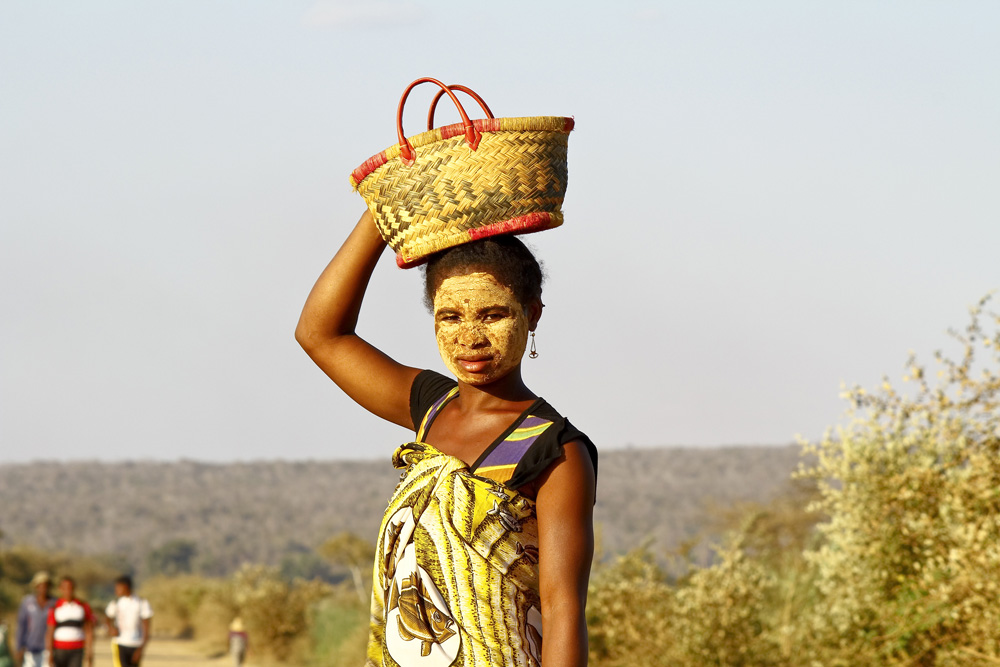
It’s not just the people that are unique here. The island is hugely unique as well. In addition to being massive, Madagascar has some of the highest numbers of endemic animals in the world, meaning that these animals are only found on its shores. In fact, around 95 percent of the animals that live in Madagascar can only be found here. The most famous of these are the lemurs that have become beloved to children all over the world. But they’re not the only animals that will fascinate visitors.
The island also has an incredible array of landscape types, which speaks to its size. You’ll find gorgeous beaches along the coastline, mountains in the centre, sandstone canyons, and all variety of forests, whether rainforest or deciduous. If that’s not enough, you’ll also find rice paddies that may trick you into thinking you’re in Southeast Asia.
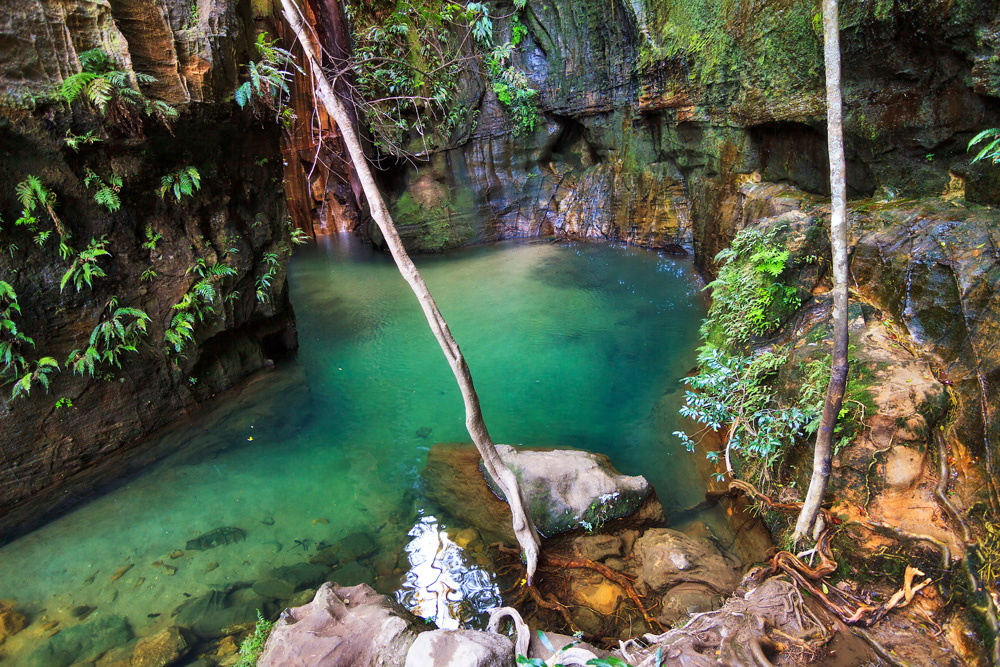
A trip to Madagascar does not make for easy travel as it’s a large island and the tourism infrastructure is not on par with richer and more popular countries, but it does offer an opportunity to get away from mass tourism and experience an entirely different type of travel experience. It offers adventure and the chance to explore a wild world that’ll broaden your horizon.
Cities and Resorts
Although you may not head to Madagascar to explore the cities, it’s inevitable that you’ll pass through at least one during your time there. The capital, Antananarivo, is located in the middle of the island and is home to the international airport, so if you’re flying to Madagascar, you’ll have to spend a day here. “Tana,” as the locals call it, is not great for first impressions. It’s smoggy, the streets are clogged with cars, and you might be overwhelmed by how hectic the capital of this peaceful island is. But first impressions fade fast and you’ll quickly understand that there’s a lot to like about Tana.
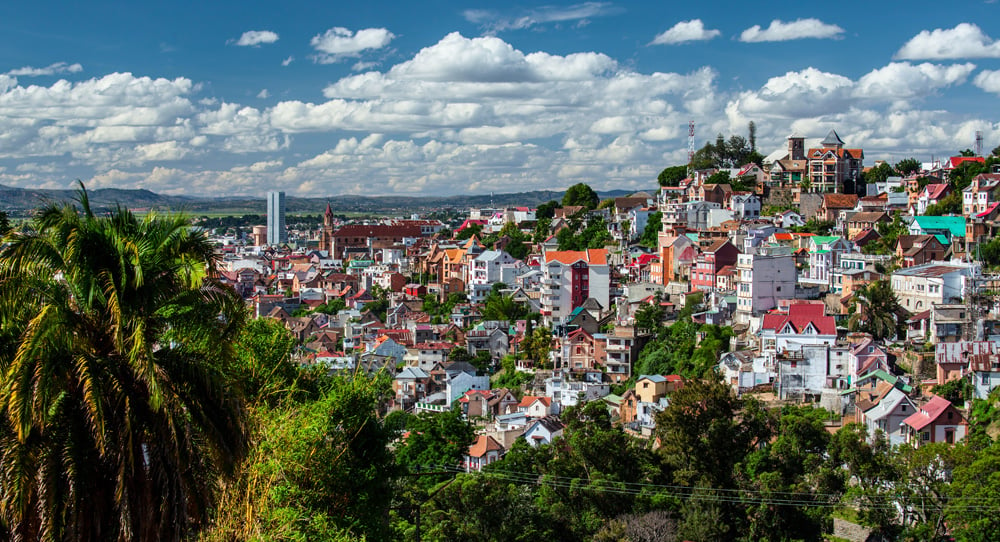
The colonial streets of Haute-Ville offer the sort of narrow alleyways and fascinating old buildings that belong in any cultural highlight. However, the best part about Tana is the food. You won’t find Malagasy food that’s as good anywhere else. If you head to the resorts of the north, chances are you’ll also head through the port city of Diego Suarez, which offers the sort of lazy rhythms that you may be craving after some time in Tana.
If you do head north, it’s likely you’re heading for one of the many good resorts along the northern beaches and islands. Madagascar has around 5,000km of coastline and some of the best beaches in the world. Furthermore, since Madagascar is off the beaten track for many people, many of the beaches are essentially empty.
On the north of the island, you’ll have your pick of many resorts that let you experience both the pristine beaches and wild jungles of Madagascar. On Tsarabanjina Island, you’ll find the Constance Tsarabanjina, a 4-star resort that’s committed to ecological sustainability. Since it’s located on a small island, the resort offers you the chance to have a Robinson Crusoe-style experience on a deserted island. Surrounding the island, you’ll find waters full of colourful fish and other fascinating sealife, so be sure to go snorkelling or scuba diving if you’re staying here. You’ll find other good resorts on Nosy Komba, a small island between the more-popular Nosy Be and the Mozambique Channel, which lies to the southwest of Tsarabanjina.

Wildlife and Adventure
The landscape and wildlife offered on a trip to Madagascar are the main attractions to a vacation here. As we said earlier, the landscape is varied, so whether you want to explore canyons, see limestone karst rocks, or walk along trails of blood-red soil, you’ll find opportunity to do so here.
In Montagne d’Ambre National Park, you can explore a volcanic landscape that is one of the best ecotourism hubs in Africa. Probably the most attractive part of Montage d’Ambre is that it’s home to lemurs, which you can see throughout the park’s thousands of hectares of rainforest. The place is also great for birdwatching, as you’ll find unique birds like ibis and paradise flycatchers within the park. Nosy Be is another popular wildlife spot. Located off the northwest coast, this island has a small colonial capital known as Hell-Ville, which is most famous for its covered marketplace. It also has several wildlife reserves that are worth visiting. Lokobe Reserve will delight you if you love lizards and amphibians, as it’s home to all manner of chameleons, geckos, and frogs. Lemuria Land also has reptiles, although, true to its name, it’s main attractions are lemurs.

If your only interest is seeing lemurs, you should consider heading to Lemur Island, a small reserve in the country’s east that showcases a variety of protected lemur species, including black and white ruffed lemurs, brown lemurs, and bamboo lemurs. Lemur Island is one of the most popular spots in the country, so this is one of the few times you won’t be alone when seeing nature on a trip to Madagascar. But the focus on lemurs and the variety of species you’ll see here makes a visit worth it. You may even have the opportunity to feed a lemur a banana, which would be an unforgettable wildlife encounter.
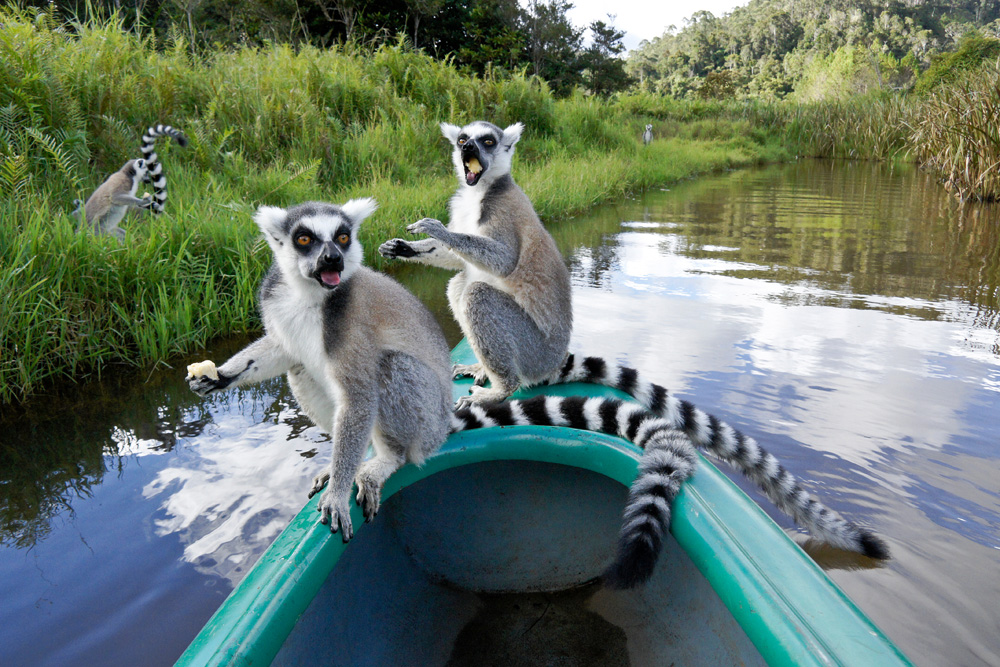
If you’re more focused on outdoor activities than wildlife watching, you’ll find plenty of opportunities to satisfy your inner adventurer. You can hike mountains, dive into the waters of the Mozambique Channel and Indian Ocean, go kite surfing in the waters off a resort, or even go rock-climbing. The sheer variety of geography on Madagascar makes almost any outdoor adventure attainable here.
Things to Remember
We mentioned earlier that Madagascar is not your typical travel destination. When you travel here, it’s important to be aware of the specifics of how things operate and to keep in mind the differences you’ll encounter. That way, you won’t be caught off guard and you’ll be free to enjoy your vacation without feeling surprised by the different ways that Malagasy people do things.
First of all, getting across the island is not as easy as getting across Japan or Spain, for instance. The most common form of transportation is by bus and these buses are crowded and slow. If you rent a private car or have a hired driver and guide (which is our recommended way of exploring the country), you’ll fare better, but the road conditions will still slow you down. Don’t expect to zip across the country in only a day.
As far as other infrastructure goes, don’t drink the water; make sure you only drink from unopened bottles of water during your stay. Wi-Fi does exist in the large cities, but it is slow. If you’re travelling with a roaming cellphone plan, you won’t get any cell coverage outside of Tana, so it might not be worthwhile to even bother with cell coverage. You’ll find ATMs across the country where you can take out money and most national banks will exchange USD or EU.
As far as dealing with the people, you’ll find few English speakers here. Everyone speaks Malagasy, which is the official language. French is the other official language, but is not as common as you may think; even if people understand it, they likely don’t speak it on a daily basis. If you know a bit of French, it’ll help you get around. That being said, the Malagasy people are so friendly, you’ll likely be able to get around and communicate even without speaking the same language. People want to be helpful here, so as long as you are respectful, you’ll get along fine.
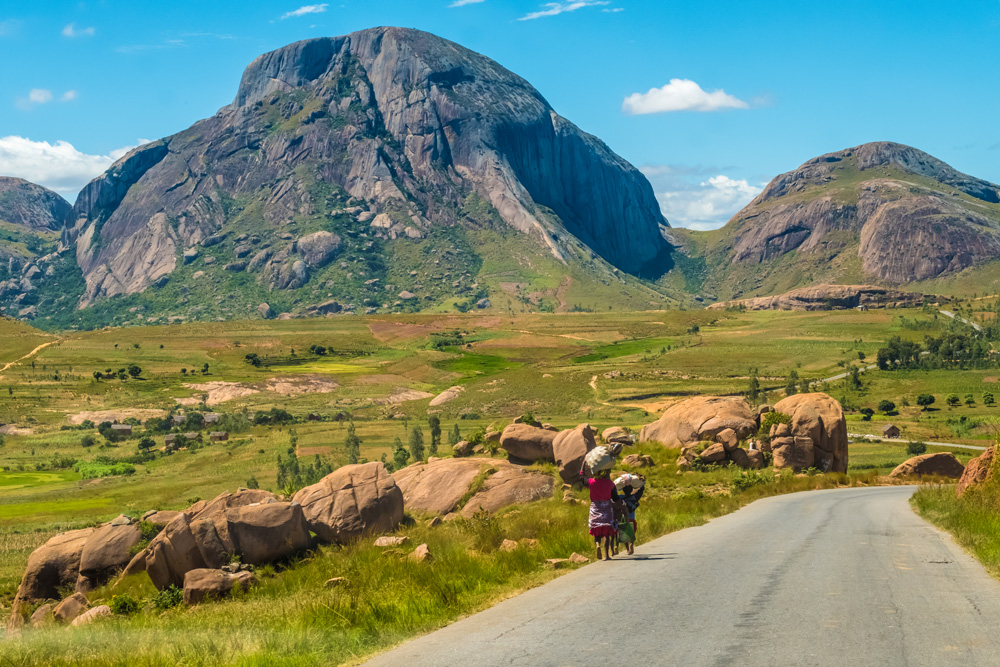
There’s a lot to love about exploring the wild island of Madagascar. The sheer variety of landscapes and the incredible animals you’ll find here make it a great place to escape to. You won’t have to race against fellow crowds to see the highlights and you can find your own private beach getaway with incredible access to the coral reefs and jungles full of lemurs and colourful birds. If you love nature, a trip to Madagascar is the adventure for you.
Get more travel inspiration by email.
Subscribe
0 Comments

Get the latest travel trends & hear about the best deals on vacations around the world.
If you’re a Globetrotter, these are the newsletters for you!
